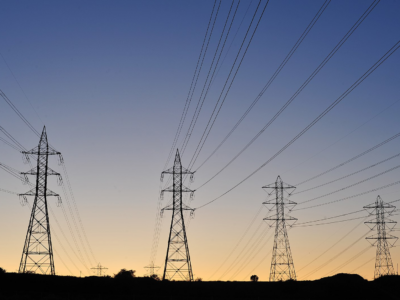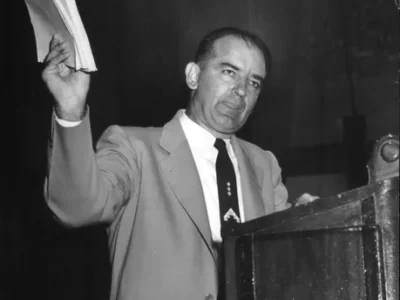New Report: Equity-Oriented EV Infrastructure Development
Strategies for embedding community input in project design.
This is the second in a series of posts on CLEE’s new set of resources on Equitable Climate Infrastructure Investment.
The national EV market could grow nearly tenfold by 2030. Many state vehicle emissions standards (led by California) are driving a transition to zero-emission vehicles over the coming decade, and state, federal, and private sector dollars are increasingly flowing into EV infrastructure across the U.S. However, EV charging access faces significant barriers to equity.
With the outcome of this week’s election indicating diminished federal leadership in the years ahead, there is a growing need for local government and community leaders to develop equity-focused strategies for the EV transition.
EV charging infrastructure is concentrated in single-family homes, responsible for 80% of current charging supply. The public charging that exists is concentrated in urban areas with high EV ridership; lower-income, Black, and brown communities experience significantly lower charging access than their whiter, wealthier counterparts. Existing public charging often represents a cautious first step by private developers into an emerging market–not a locus of community-oriented design in new clean mobility infrastructure.
Due to the rapid pace and scale of the clean mobility transition, these patterns risk exacerbating mobility and climate inequities facing underserved communities. Failure to adopt community-oriented infrastructure plans could impede the widespread uptake of sustainable transportation options and perpetuate patterns of inequity. However, the policy-led nature of the EV transition provides an opportunity to design EV infrastructure plans in a way that advances local economic development and environmental justice. Emerging practices of greater public participation in and co-creation of climate infrastructure investments can and should have a significant role to play in the clean mobility transition.
CLEE has released a new policy report, Facilitating Equity-Oriented EV Infrastructure Investments: Strategies for Project Design, presenting strategies for local governments and community-based organizations seeking to design equity-oriented EV infrastructure investments. These include:
- Community oversight councils – community-based project oversight committees with decision-making authority over project development.
- Community Benefits Agreements – contractual agreements between project developers and coalitions of community groups obligating a project’s inclusion of local and/or workforce benefits in exchange for community support or acceptance of the project.
- Participatory budgeting processes – democratic processes allocating a portion of public spending to projects selected via community-wide voting.
The report explores these strategies through multiple case studies and presents them alongside additional tools for equity-oriented project design such as mobility needs assessments and monitoring and evaluation processes. Key thematic recommendations for local policymakers include:
- Establish formalized and enforceable processes for community input in clean mobility infrastructure investments.
- Employ democratic decision-making processes across the project life cycle.
- Ensure community engagement and education as the foundation of equity-oriented project development and success.
As the agenda-setting entities responsible for the details of clean mobility planning, local governments will play a key role in ensuring the development of an equitable mobility transition–or inhibiting it through the failure to plan adequately. They should integrate the strategies detailed in this report in their long-term infrastructure plans and engage community-based organizations and stakeholders in implementing them.
This report was developed through CLEE’s EV Equity Initiative, which aims to build locally tailored, community driven, and replicable approaches to the development of EV and mobility infrastructure in underserved communities in California and U.S. cities. The report’s findings will be featured in CLEE’s forthcoming Equitable EV Action Plan Framework, a comprehensive set of strategies for local plan development. It also forms part of CLEE’s new set of resources to support equitable climate infrastructure investment, including research and partnerships on models of community oversight, governance, and benefits for climate infrastructure projects to achieve equity and economic development goals.
The full report can be accessed here. For more detail on community benefits tools to support equitable climate infrastructure investments, including Community Benefits Agreements, please see CLEE’s report on Community Benefits Tools and California Clean Energy Projects. Katherine Hoff and Malcolm Johnson will share more detail on the community benefits tools report next week.
Reader Comments
One Reply to “New Report: Equity-Oriented EV Infrastructure Development”
Comments are closed.







EVs are like solar panels and wind mills which claim to mitigate climate change yet completely fail to do so in reality.
Now that we have a new and much more honorable Administration in the White House, it is no longer fashionable to spread false and misleading information about mitigating climate change. For this we are thankful. Rejoice and have a good day.